SICK Telecommunication cables and wires
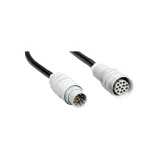
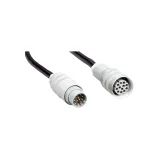
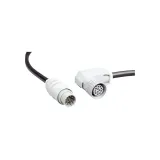
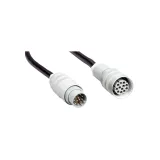
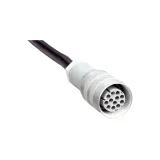
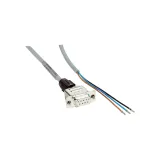
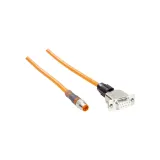
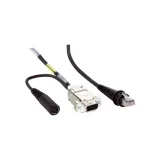
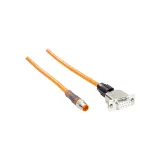
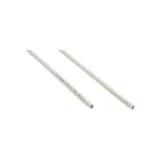
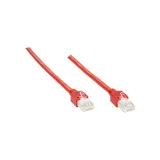
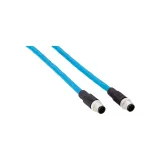
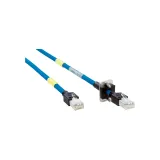
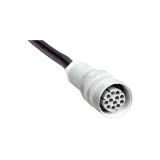
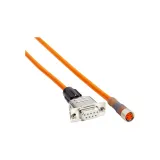
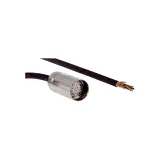
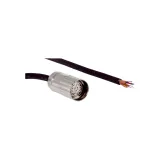
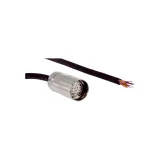
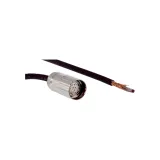


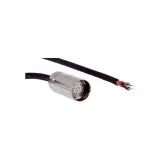

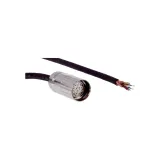


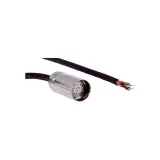
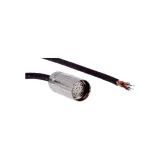

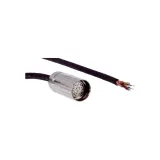






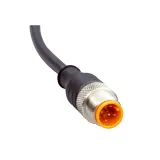
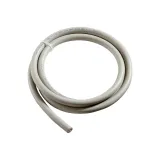


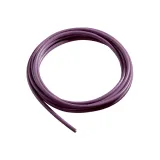
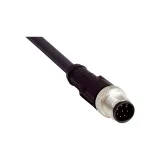

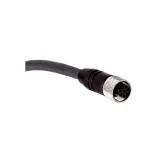
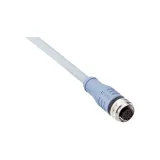

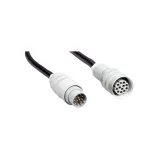
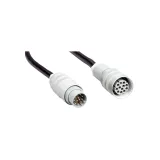
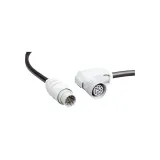
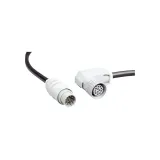
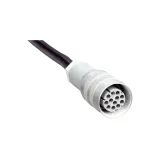
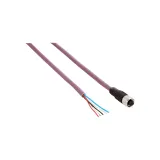


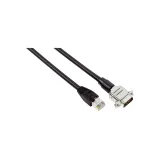


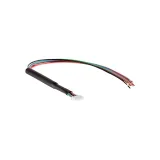

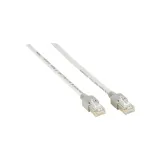
sick telecommunication cables for campus and plant networks
Field teams use these links to carry controls, voice, and data between cabinets, floors, and buildings without drama. Jacket options span CPR-rated LSZH for interiors and UV-stable PE for ducts and masts. Copper handles office and cell-level runs; fiber picks up backbones and noisy zones near drives. Print legends and meter marks keep pulls traceable, and color sets match European practice so terminations line up with panel labels.
sick structured cabling portfolio and topology
Horizontal copper to 90 m plus patching to 100 m, then multimode or single-mode spines between rooms and sites. Floor distributors feed production cells via consolidation points; on machines, short M12 jumpers hand off to sensors and IO-Link masters. Accessories include patch panels with slide trays, keystone and tool-less jacks, pre-terminated cassettes, splice boxes, and wall outlets with angled shutters for tight risers.
sick data communication cables copper categories and PoE
Choose Cat5e for legacy 1G, Cat6 for short 2.5/5G, and Cat6A for 10G to 100 m with headroom. Shielding options—U/UTP, F/UTP, S/FTP—are picked by EMC risk; S/FTP with individually screened pairs rides next to VFD cabinets with fewer headaches. Typical electricals: characteristic impedance 100 Ω, NEXT margin ≥3–6 dB over standard, and insertion loss kept tight to hold 10G budgets. PoE/PoE+/PoE++ loads up to IEEE 802.3bt Type 4 (≈90 W) are supported on 23 AWG Cat6A with temperature-rise guidance; use 4-connector channels only when patch cords are certified for current. Patch cords prefer stranded copper for flex points; horizontals stay solid. CPR classes commonly Cca-s1,d1,a1 for escape routes and Dca/Eca where risk is lower.
sick network lines fiber options and backbones
OM3/OM4 multimode covers 10G to 300–400 m; OM5 helps SWDM where strands are scarce. OS2 single-mode handles 1G–100G over kilometers with low attenuation. Cores are G.652.D or bend-insensitive G.657.A1/A2 to survive tray turns; connectors are LC duplex in racks and MPO/MTP at high density. Published specs: 850 nm multimode attenuation around 3.0 dB/km, OS2 at 0.35 dB/km (1310 nm). Use pre-term trunks with factory test sheets when shutdown windows are short; splice trays with heat-shrink protectors suit mixed-vendor builds.
Installation practice and sick telecom wiring details
Pull tension and bend radii matter: copper ≈8×OD during pull and 4×OD fixed; fiber ≈20×OD during pull and 10×OD in service unless the datasheet allows tighter. Keep separation from power per local code; cross at 90° where proximity is unavoidable. Maintain pair twist to the contact—don’t untwist more than 10–13 mm at a jack. Ground bonds for F/UTP and S/FTP should be 360° at the panel, not pigtails. In dusty plants use sealed entry plates; in wet corridors, IP-rated enclosures with desiccant vents stop fogging.
Technical specifications and standards
Copper performance aligns with ISO/IEC 11801-1 and EN 50173; components meet IEC 60603-7 families and IEC 61156. Fiber cables reference ITU-T G.65x and IEC 60794; connectors to IEC 61754. Flammability and smoke are per EN 50575 (CPR) with verified DoP; LSZH materials meet EN 60754/EN 61034. EMC practice follows EN 50174-2 routing classes. Field testing uses IEC 61935-1 (copper) with Level VI analyzers and IEC 61280 series for optics; document margin and ACR-F on copper, and insertion/return loss on optics.
Applications and compatibility
Offices and classrooms standardize on Cat6/Cat6A to desk plates and Wi-Fi APs; production cells lean on shielded Cat6A to panels and IP67 connectors on the machine. Warehouses pair OS2 spines to long aisles where wireless controllers sit high; car parks and yards choose PE-jacketed fiber in ducts to dodge lightning-induced surges. Hospitality prefers slim LSZH cords that clear hinges in shallow furniture. Where a campus plan calls out sick telecom infrastructure by building, use identical panel layouts and labeling so spares and patch maps remain interchangeable.
Integration with SICK devices and systems
IO-Link masters and edge gateways land on the copper layer with M12-to-RJ45 interconnects near the panel. Safety controllers and HMIs backhaul over Cat6A to the floor switch; LiDAR heads and vision systems push high-bit-rate streams on fiber when EMI or distance dictates. Patch panels share the same earthing scheme as sensor entry plates; shield clamps provide the 360° bond while keeping drain wires short. Where cabinets are shallow, angled keystones and flat cords keep door swing clear.
Selection guide for B2B clients
Start with data rate, distance, and EMC. 10G to 100 m through drive rooms points to S/FTP Cat6A; long outdoor hops and lightning-prone sites favor OS2 with dielectric strength members. Lock CPR class against the route, then choose connector geometry based on density—keystone for mixed floors, MPO/MTP for high-count backbones. For wireless and cameras, check 802.3bt budgets against ambient temperature and bundle size. Where expansion is certain, specify spare fibers and 30 % tray capacity. When documenting the scope, name the discipline once as sick communication cabling so purchasing ties accessories—panels, cassettes, glands, labels—to the same standard.
Advantages of working with Bankoflamps
We map link counts, CPR classes, and connector families to your floor plans and racks, then show live EU stock before night works are booked. Quotations arrive in about an hour with EAN/MPN so category, shielding, fiber grade, and panel type don’t drift across phases. Your portal lists lead times, shipment progress, and downloadable price files; pricing validity is aligned to approval gates. Approved accounts can use post-payment up to 30 days. We consolidate by rack or floor to cut freight and on-site sorting, and your account manager cross-checks sheath type, CPR class, bend radius, PoE budget, splice versus pre-term choice, and labeling against your drawings—so reels and trunks land site-ready and crews pull once.